Industry
The former Count's Workshops are the only remaining vestige of Compañía de Asturias S.A., created in 1893 by Wenceslao González together with the Italian engineer and Count Arnaldo de Sizzo.
Its facilities were built on a strategically located plot between the Nalón river and the railway branch of the Ferrocarril del Norte linking Soto del Rey and Ciaño-Santa Ana, whose concession had been obtained by Count Sizzo. The facilities included a blast furnace, metal fabrication workshops, a fitting workshop, a forge, a carpenter's workshop, offices and housing for the workers.
In 1902, the company became part of Sociedad Metalúrgica Duro Felguera which, over the years, undertook successive enlargement and renovation works on the facilities. The reforms affected, particularly, the blast furnace and the metal fabrication and fitting workshops, which were linked to the plant in La Felguera. Both factories were linked by an internal railway network. The maintenance of the workshops lasted until 1985 when, as happened with the rest of the factory's facilities, they were definitively closed down.
Among the few remains that have been preserved from the old workshops, the metal structure of the metal fabrication workshops stands out. These are two monumental semi-detached industrial units, built on a concrete base, with a rectangular floor plan. They are quite large: nearly 200 metres long, 11 metres high and 20 metres wide. The supports, pillars made up of riveted sections, support the beams on which the overhead crane ran. The roof, assembled on a triangular steel truss structure, was gabled. It had a roof lantern and was enclosed with wavy fibre cement panels.
Since its closure, different projects have been considered for its refurbishment and refunctionalisation, including its transformation into a trade fair space, a cultural facility and even a theme park. To date, however, none of them has been successful in giving a new life to this valuable testimony of the industrial past of Langreo.
Natalia Tielve García

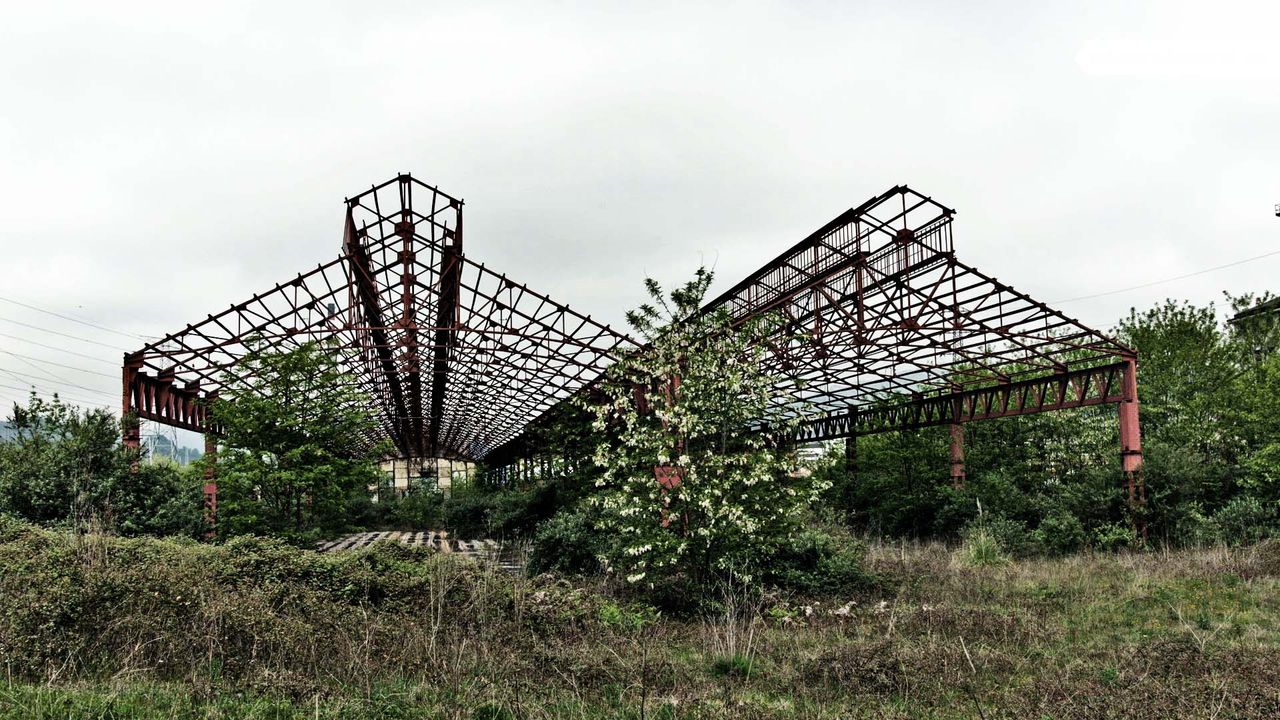
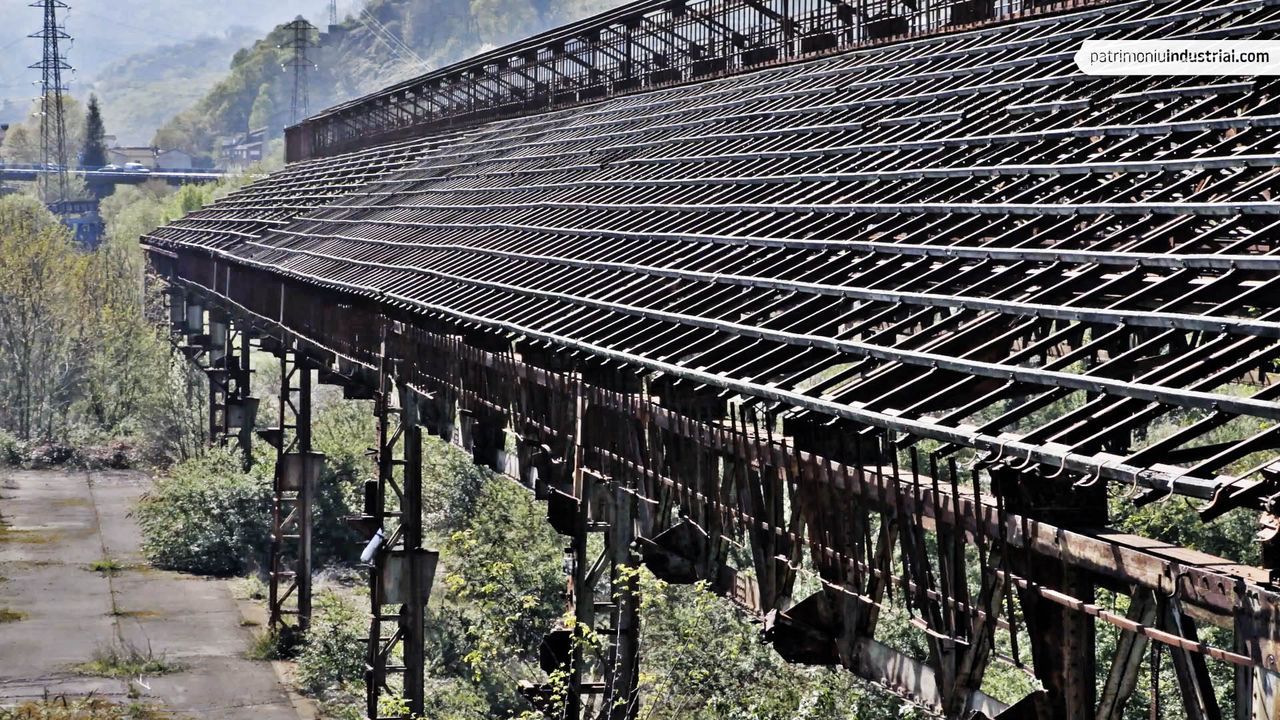
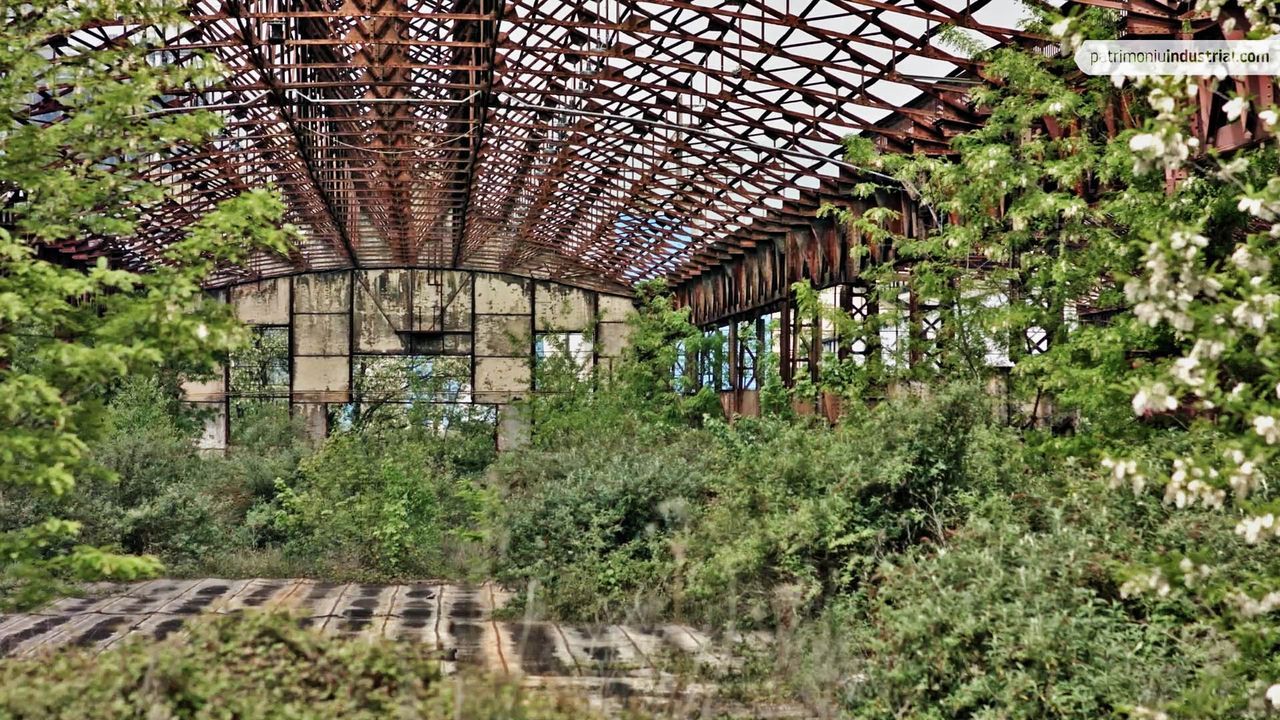
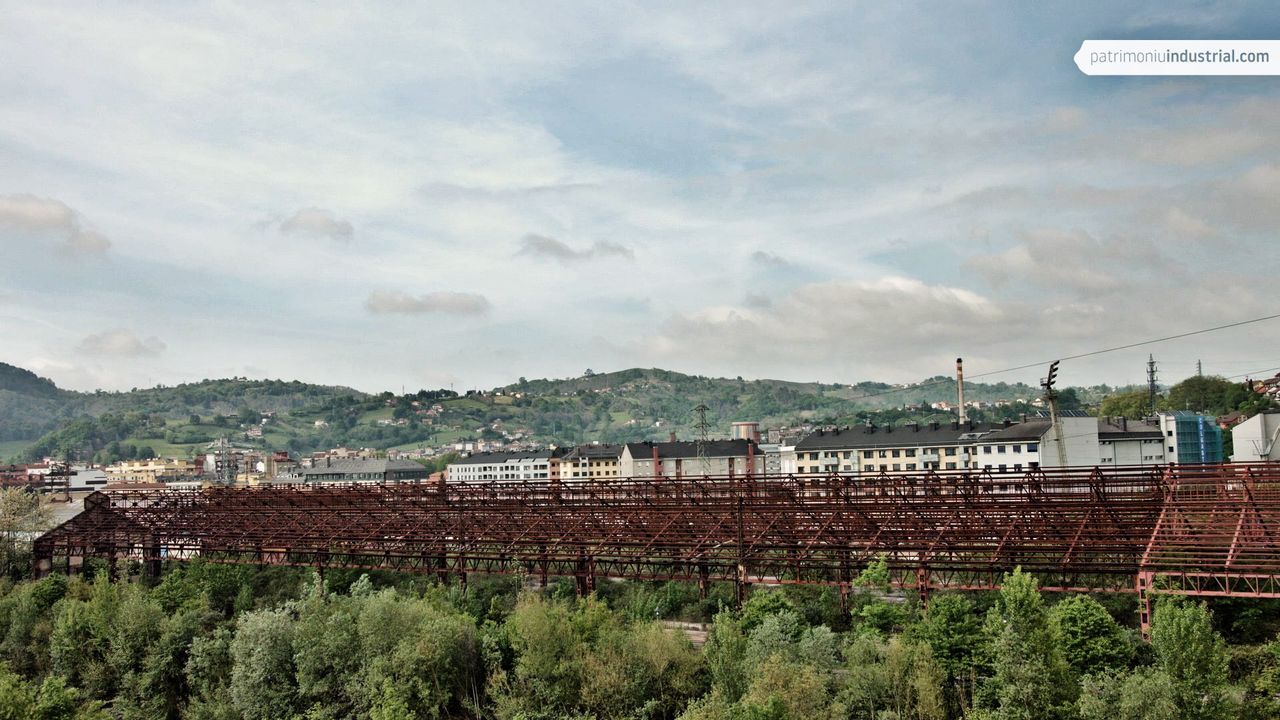

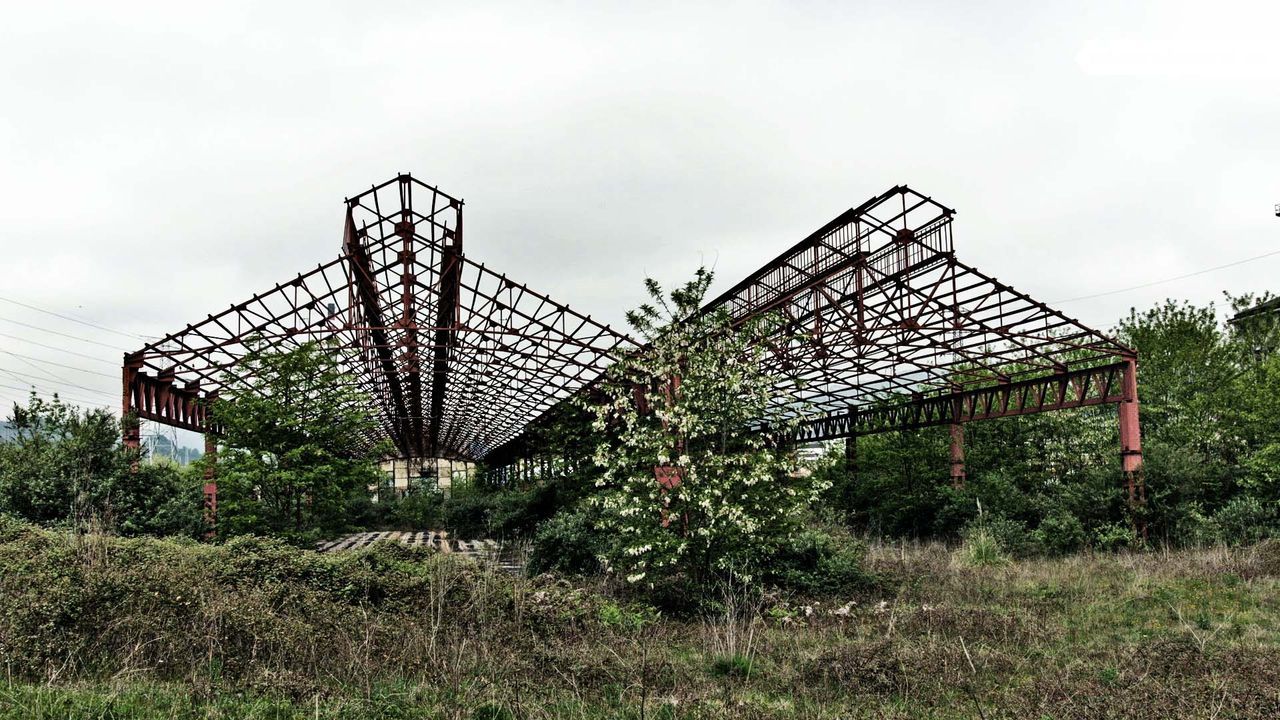

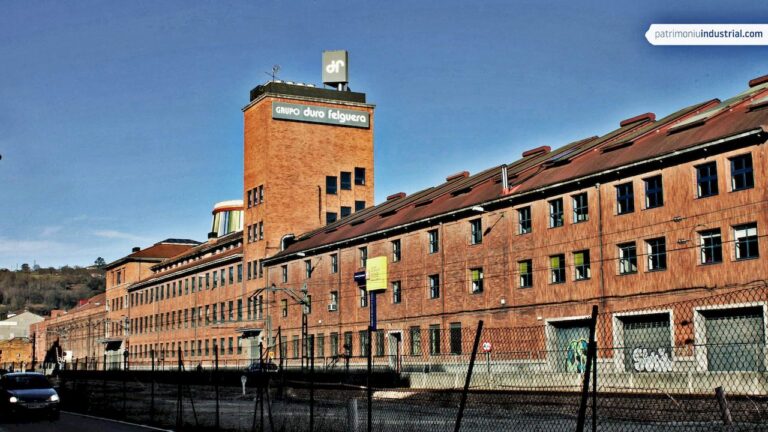
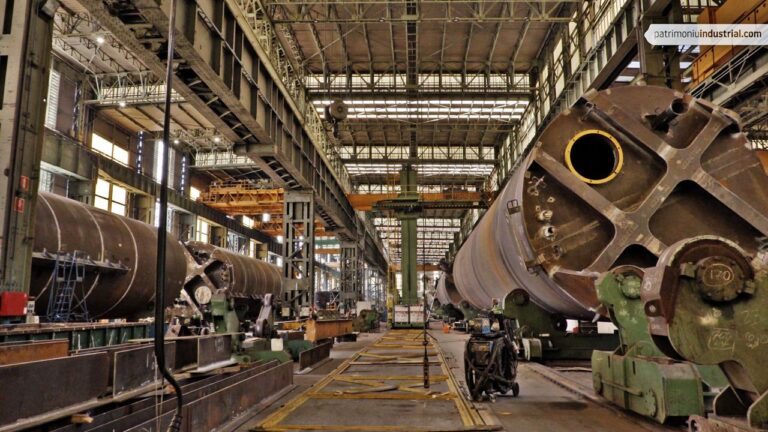
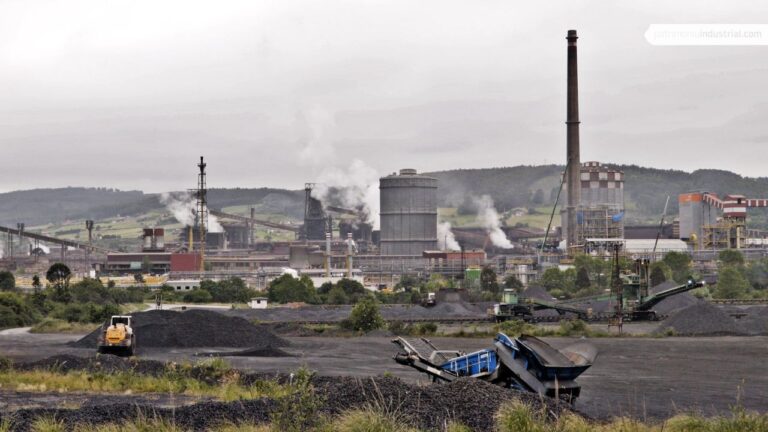

Recent Comments